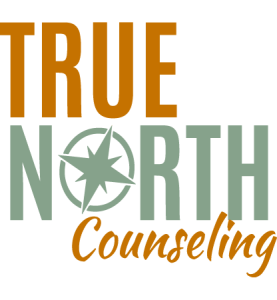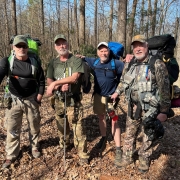2024: Be Your Own Cartographer | Healthy Aging Series: S9 E20
Getting to The Maze is half the fun. The Maze is the western district of Canyonlands National Park. The Ranger station at Hans Flat is 50 miles from the nearest paved road. Think about that. Where can you go in this country that is 50 miles…









